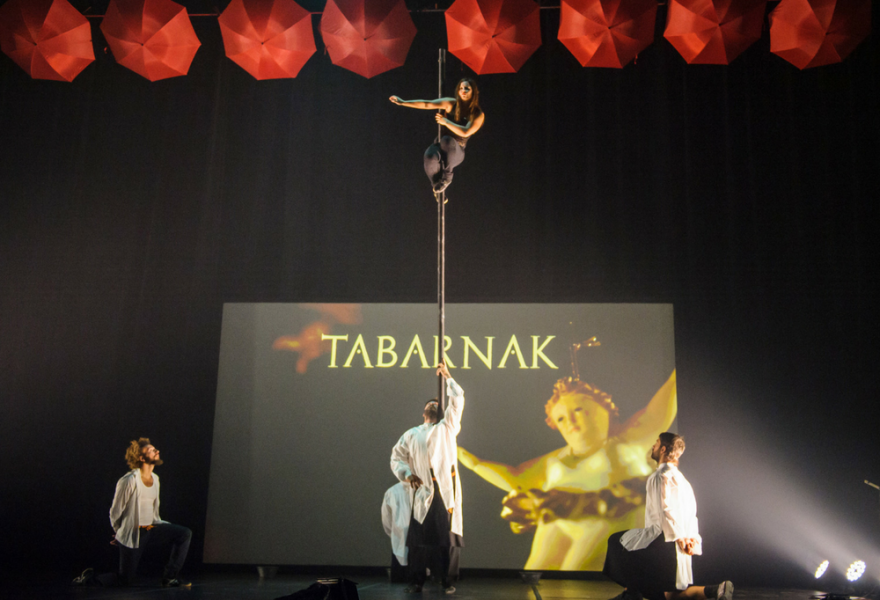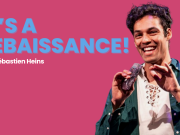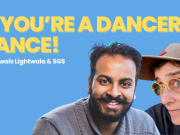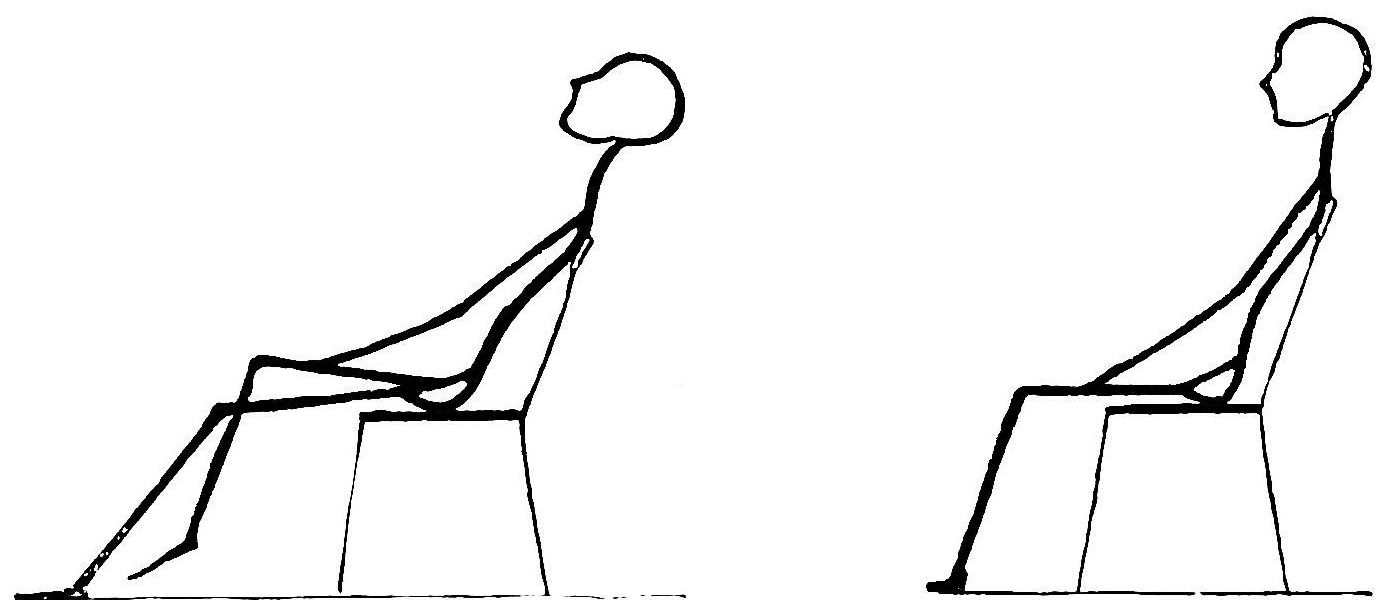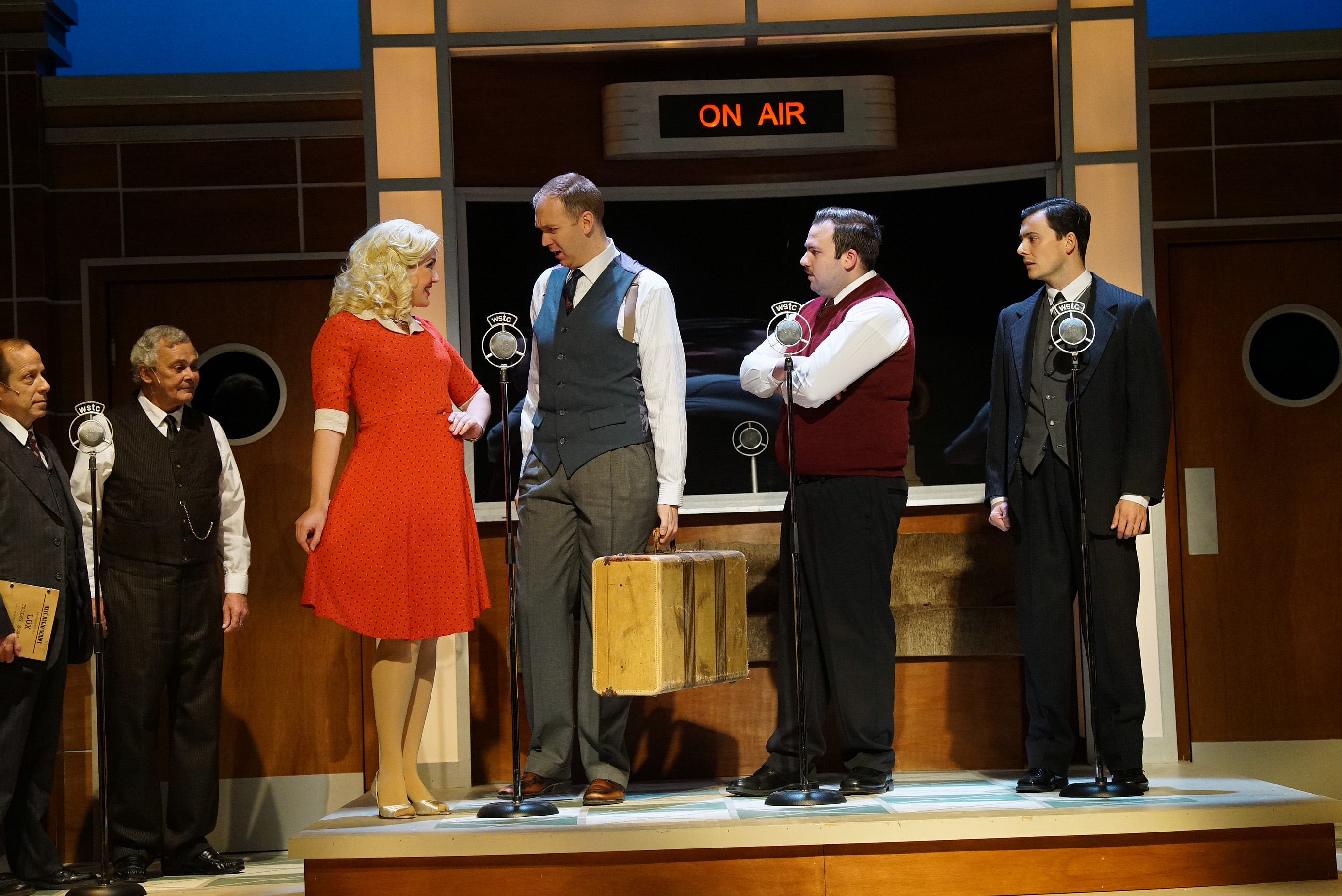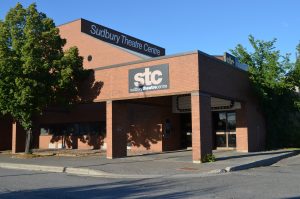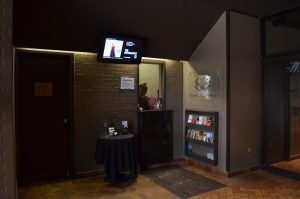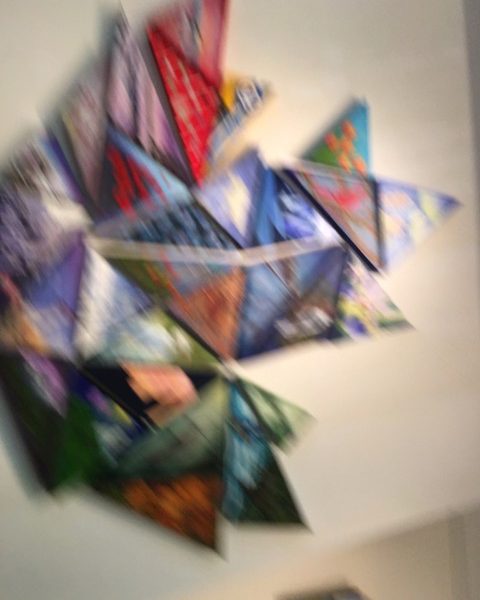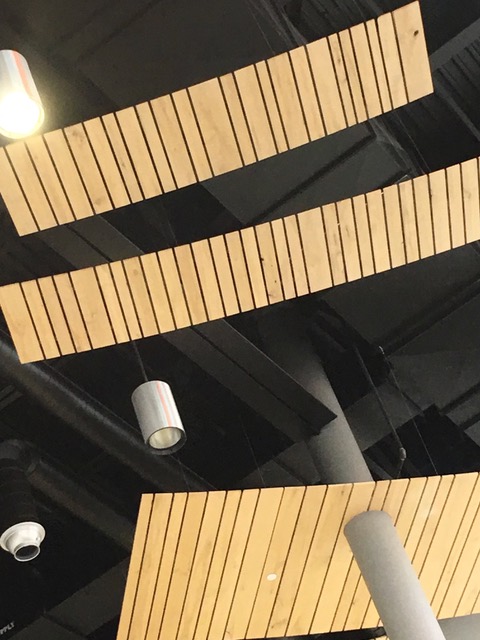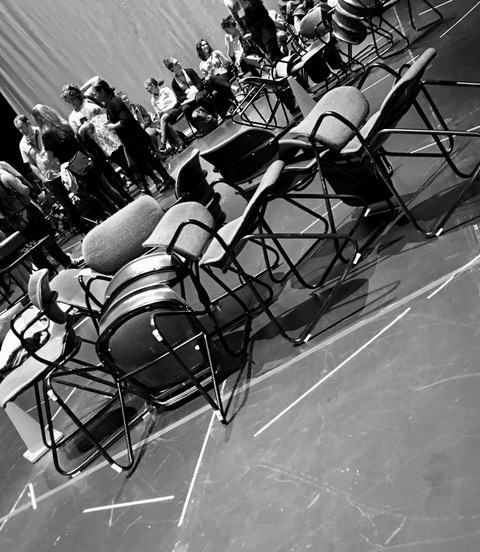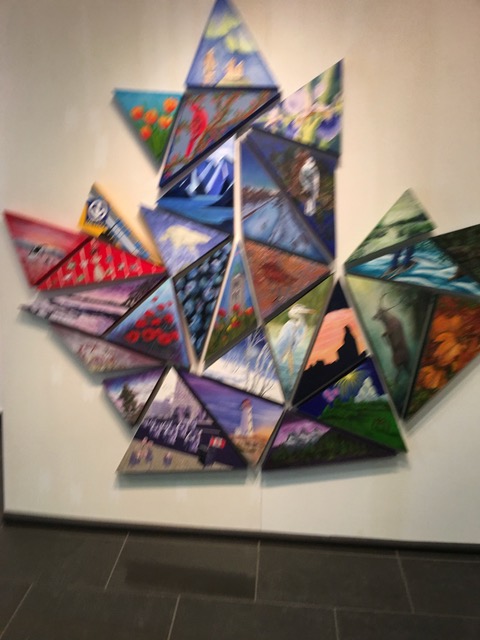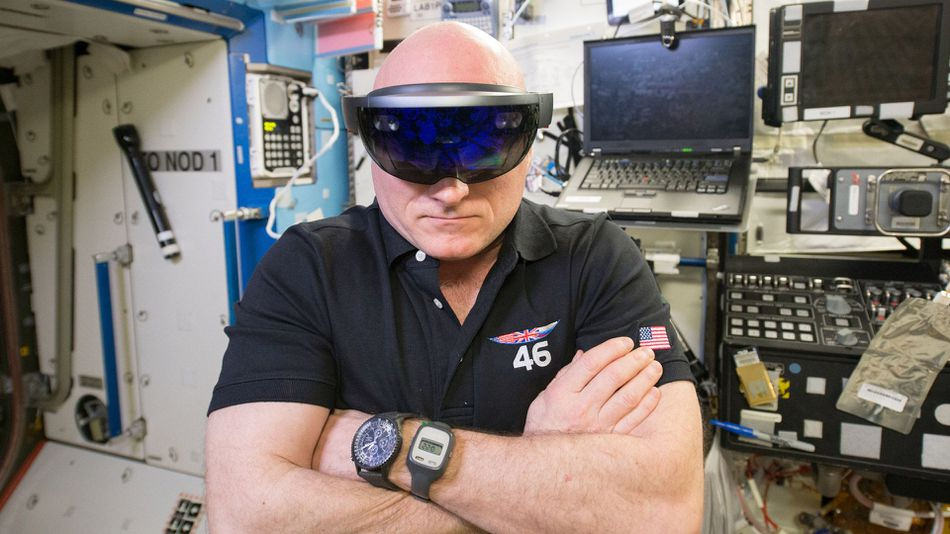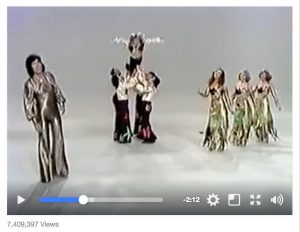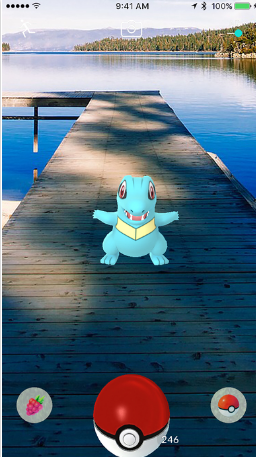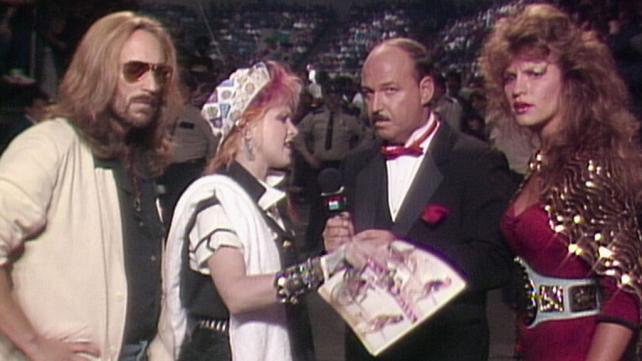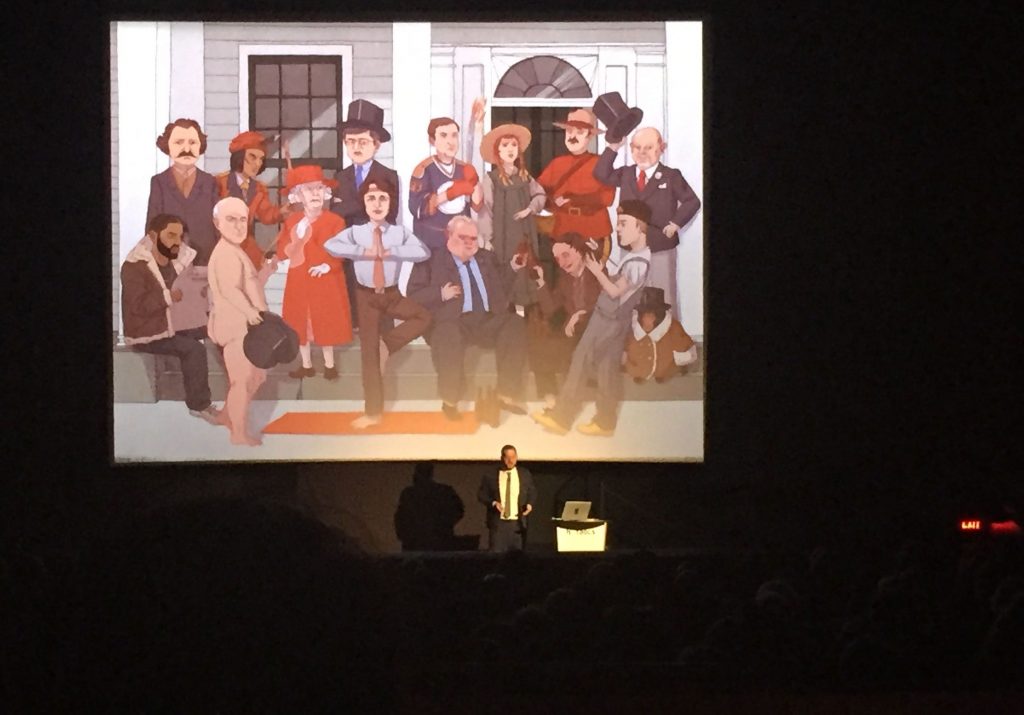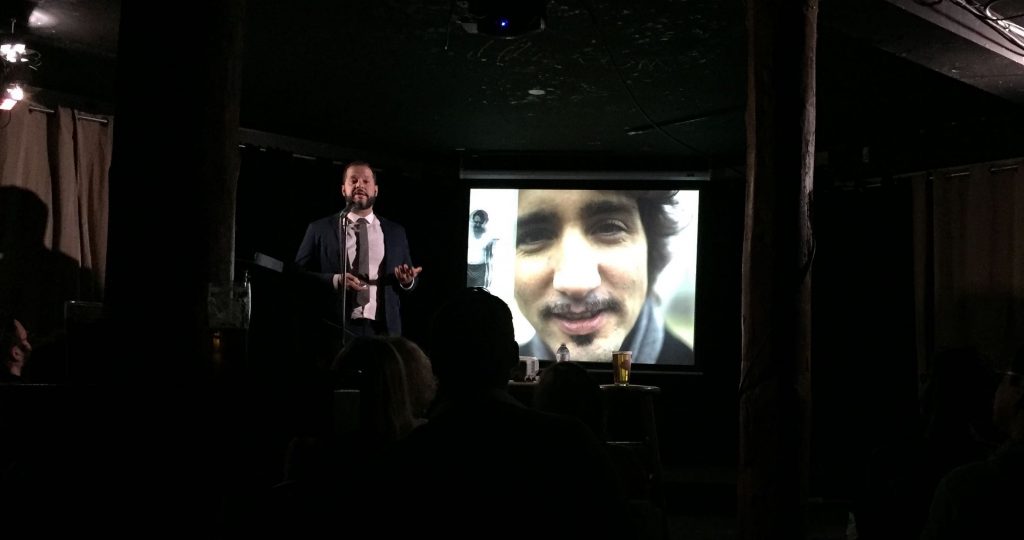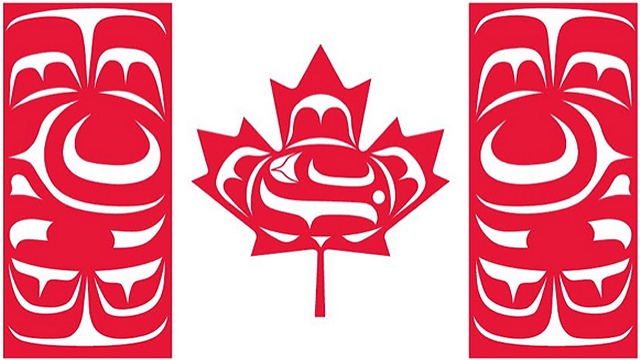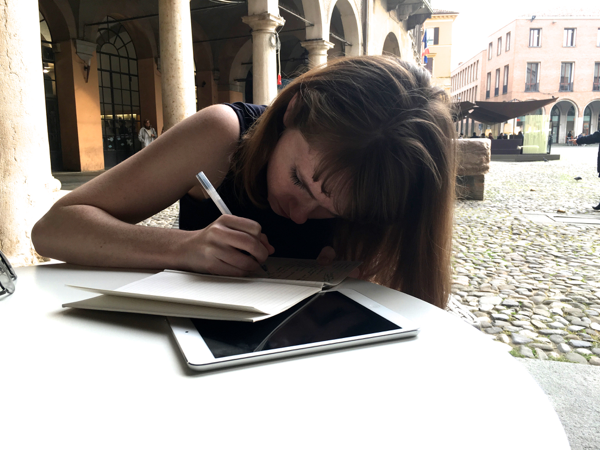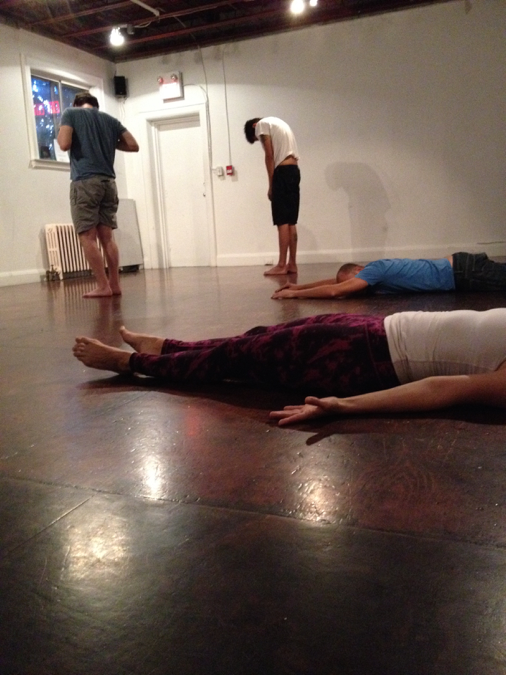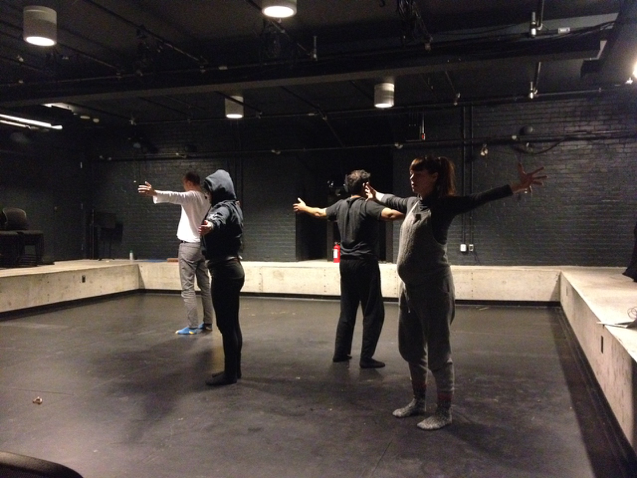Since number one I have thought about the ending.
Fleetingly, but it was in there.
I thought about quoting someone.
I had about 6 jokes.
I had an earnest observation.
I had a story I’d been saving.
I re-examined themes of literacy, energy, love, empathy and vulnerability.
I had a list.
There was a line about going from A to B. I thought it was very clever.
I thought I should talk about my family, my wife, my kids, my life.
I thought I should talk about my theatre and artistry.
I thought I should talk about opportunity and being grateful for this one.
Tonight, I think about never knowing how to end, not wanting to end, and so not ending.
À la prochaine.
I’m nearing the end of my east coast vacation and I find myself thinking about dictums of yore.
They say everything in moderation. I say, sounds controlled and boring.
I think excess gets a bad rep. Case in point, tonight over an open fire, I helped myself to 6 double marshmallow, double chocolate, perfectly roasted S’mores. I could have stopped at 2, or 3, or 4, or 5. But why would I do that? To adhere to the Gods of restraint?
My face was gooey, my stomach was aching and I wanted more. I could have more so I had s’more.
Tomorrow I’m going to a natural mud slide near the Bay of Fundy and yes I am going to frolic. Happy as a pig in mud. Now there’s a dictum!
In the quieter moments, I do wonder how my cholesterol is doing?
We have a duty to hold our friends, neighbours and ourselves accountable for offending.
Currently, I’m revisiting an old play of mine from the early 2000’s. As memory serves, it had a great central character, a strong narrative and audiences loved the play.
But, reading it in 2017, the show is not good. Some jokes don’t land, and some jokes are blatantly Islamophobic.
My intentions at the time were political. I was speaking to a mistreatment of women in the Middle East!
Whatever the political intention then, today, I sound ignorant and paranoid. Who really cares about intention? Fact is, my content is bad and is grossly offensive.
Accountability.
And so for my part, my play should see the inside of a garbage bin and for the country’s part, it is time to remove from federal buildings across Canada the name: Sir John A. MacDonald.
Currently, I am at the top of Cape Breton Island. I have no cell service and the closest Wi-Fi spot is 10kms away.
Welcome back to 1995.
I love it. I have no longing to connect. I don’t care what anyone has done or said or blown up or threatened. It’s been a quick adjustment.
Removing myself from my life (out of the city, no kids, just my wife and I and nature) I once again think the following: We are tiny. We are fluid. We can change quickly. We can adapt. Sleep is a top priority. We’re two third’s water, we should protect it. We are made to move and climb and pull and push and jump. We are always looking to connect and share.
No one was lying about any of it.
Three days ago I did an 18 km mud challenge/obstacle course/ski hill climb and descent which ended in running through live wires. I got electrocuted twice, it really hurt, I thought I was crazy, but laughed so hard for having completed an 18 km mud challenge/obstacle course/ski hill climb and descent.
I did it! Holy catfish! I did it! And of course I did. Being an artist, this feeling is familiar.
We did it! Can you believe we made this thing? We said we would do it and we did it.
Unbeknownst to me, in athletics there’s a thing called DOMS – delayed onset muscle soreness. It is the physical equivalent to the emotional crash I feel after every show ends it’s run.
I like DOMS. It’s in the body, fueled with adrenaline and cries out for rest, treatment, love, massages. Proof of life.
There’s a passage in Adam Gopnik’s From Paris to the Moon where he talks about chicken. When I lived in Paris, I recreated his experience of – In the morning, selecting and ordering a chicken. Mid-day, checking in on that chicken as it started to roast. Late afternoon picking it up and brining it home to dine.
This delayed gratification was easy in France. At home, not so easy.
So tomorrow, I’m going to buy a delicious baked good in the morning, let it sit on my counter all day, and eat it in the late afternoon.
I will be okay to only look at the piece of cake.
I will remember that it is not a matter of restraint, but rather it is the joy of anticipation.
Even if the cake’s not all that great. The wait was everything.
I remember pennies being thrown at me. Pick ‘em up Jew boy.
I remember a teacher telling us, in shame, that her grandfather prided himself on his ashtray made of Jew bones.
I remember weeping at Yad Vashem – every time I’ve been.
I remember feeling at home as a socialist in Israel – every time I’ve been.
When I was five, I rememer I was at school playing in the sandbox and this boy told me he was glad Hitler killed all the Jews. I shoved his head into the sand and held it there until a teacher pulled me off. We were both suspended.
I remember learning to remember.
In early November 2016, I went to a psychic healer. I remember ranting about time and my lack of it. The healer challenged me to split time in half: As many times as I wanted. Stretch it out. If you want, a day can be an eternity.
Remember when you could do that as a child?
Mid-August 2017, here I am at the just-past-halfway point in my thought residency, and I’m thinking about time again. Trying to slow it down. Feeling like I’m on the other side of things in life.
What do I want to devote the next 3 to 5 to 35 years of my life doing? How can I spend more time with my family, my friends, myself?
How can I find time to split time?
Today, I’m a worried husband, father, friend, Jew, artist, human, and I’m thinking about the monster.
My monster is filled with hate and vengeance. He’s mean.
He’s not obviously violent. Doesn’t throw punches or light fires.
Instead, my monster is devious and finds subversively violent ways to ruin lives, destroy families, and end friendships.
My monster works to make people feel bad. Make them suffer, mentally.
The monster is not positive, but he lives with me
Today my Uber driver did up my window and put on the air conditioning without asking.
I felt like my kids must feel.
In school, my acrobatics teacher would give us a rest and then say: ‘and every good moment ends’.
From early childhood I’ve been conditioned to accept fun and joy being given, and then taken away with little to no warning. “Shut off the TV now. Bath time’s over. Play time’s over. Five minutes and we’re going home.”
I’ve been in training for submission.
What a difficult thing to master.
Today I don’t want to work but I’m going to.
Today my body is asking for a break. I’m sweaty. I’m drowsy. My eyes are burning. My mind wants a break. I want to shower, putz around my house and then maybe take a bath. I want to feel bad for myself.
I was told that it’s probably the weather.
Today I feel bad for feeling bad for myself. I’m lazy. I should suck it up, take a pill, go for a walk, get back to work.
And so, I do.
Oh the disgrace of sadness! The weakness of fear.
Examination can be the great killer of experience.
But I will try.
I don’t know why I make or say or do at least 15% of my life.
This part of myself doesn’t ask why. Doesn’t analyse – my instincts, actions, emotions, desires, or how I can be bull-headed, grumpy, and flippant.
It is this 15% of myself that is in constant chaos, that keeps me curious and questioning everything.
It is my friend who invites failure and says that change is possible.
J’adore la langue française, et je ne parle pas très bien le français parce que mon grammer est terrible, mais je comprends plus.
My French is terrible but I pretend that I’m very good at speaking it.
When I’m in a French speaking place, I try to watch and listen. I talk to myself, out loud, a lot. I plan a few key phrases and then I engage as though I understand and when I don’t I ask: Qu’est-ce que c’est le mot (insert a French word they just said) en anglais?
It sometimes works.
It sometimes doesn’t.
Et, c’est tout.
At 27, some friends and I took a trip and drove the Cabot Trail on Cape Breton Island. A number of times I got stuck behind cars moving way too slowly, and every time, it stressed me out. Only me. Then at some point my friend Vlad – a circus artist from Los Angeles – set me right when he said: ‘Hey now. Where are you going?’
I am quick to impatience, I bore easily and I can be unforgiving while I’m waiting for progress in other people.
I’m consistently checking that.
I’m thinking a lot about literacy lately:
One – I read the final 300 pages of Hanya Yanigahara’s A Little Life, through a steady stream of tears and thought: at this rate, I will die having read only 100 books in my adult life. That is tragic and unacceptable.
Two – I turned 40, and started training for a 15-mile obstacle course race. This kind of work is very new to me and very difficult. But I’m doing it.
Three – Every time I change. Every time. I feel embarrassment and regret
